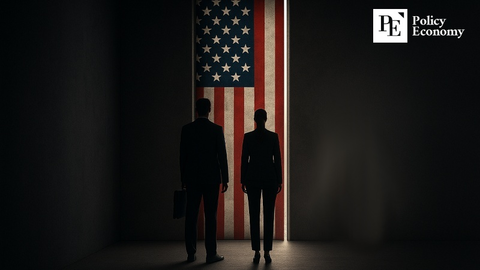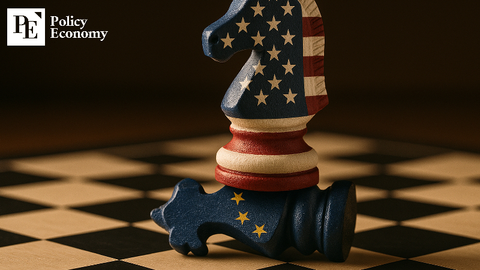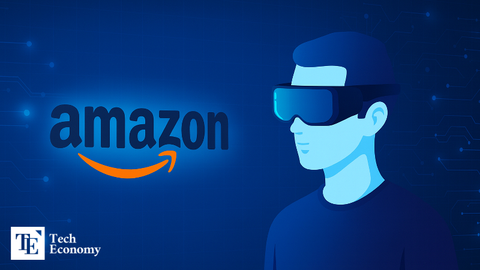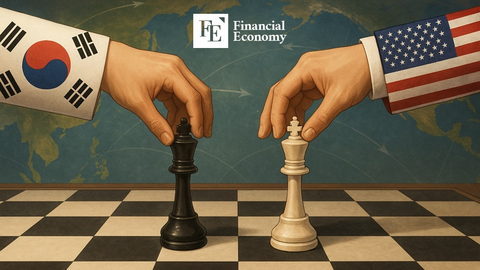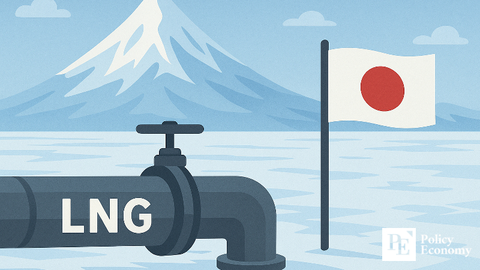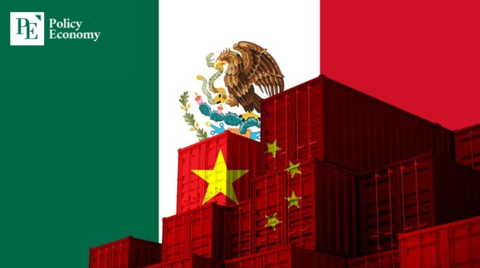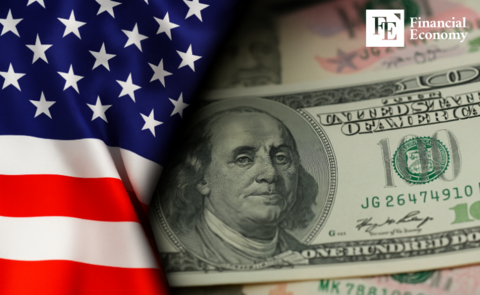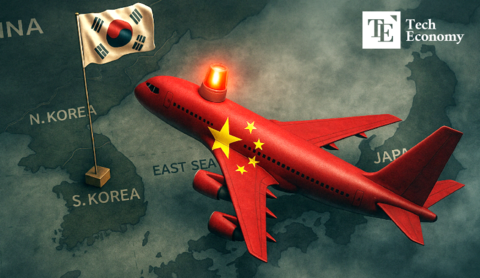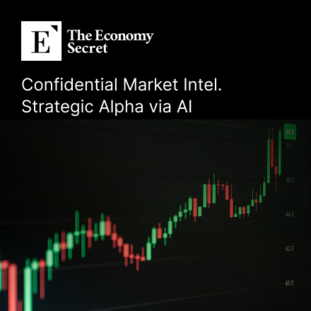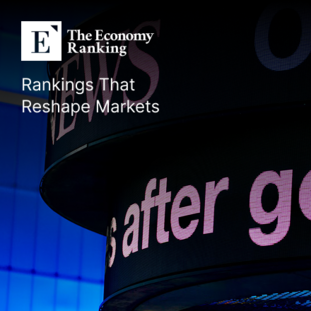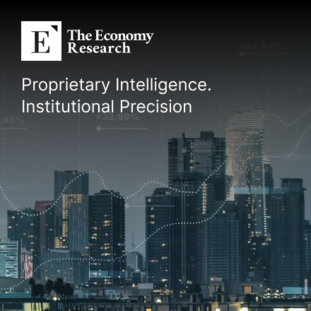US inflation heats up to 3% for first time since June
Input
Changed
U.S. inflation reveals several key takeaways about the current economic landscape and its implications for monetary policy, businesses, and consumers. In January, US inflation increased to 3% which sparked major concerns about interest rate cuts.While seasonal factors play a role in early-year inflation increases, strong consumer spending and past supply chain improvements no longer driving disinflation mean that the fight against inflation is far from over.
January's inflation report underscores a challenging economic environment where costs remain elevated, putting pressure on the Federal Reserve, consumers, businesses, and politicians. While inflation has fallen from its 9.1% peak in mid-2022, the latest data suggests that it may take longer than expected to reach the Fed’s 2% target, delaying potential interest rate cuts and shaping economic policy decisions in 2024.
The U.S. consumer price index (CPI) grew more quickly than anticipated, escalating worries about ongoing inflation and postponing possible Federal Reserve interest rate decreases. After increasing by 0.4% in December, the CPI increased by 0.5% month over month, raising the annual inflation rate from 2.9% to 3.0%. These numbers surpassed Reuters's survey of economists, who predicted a 2.9% year-over-year gain and a 0.3% monthly increase.This persistence reinforces the Federal Reserve's cautious approach to cutting interest rates, as noted by Chair Jerome Powell. The Fed has signaled that it needs to see more consistent progress before reducing rates.
Several key factors contributed to the rise in consumer prices including energy Prices in which gasoline prices rose 1.8%, contributing to the overall inflation jump; food costs wherein grocery prices increased 0.5% in January, with egg prices surging 15.2%, largely due to an avian flu outbreak that led to the culling of 40 million birds; housing costs due to rising rent and homeownership costs that have remained a major driver of inflation; car insurance and hotel prices in which the cost of car insurance jumped 2% from December to January, while hotel prices rose 1.4%, reflecting higher service costs. Moreover, it is compounded by the impact of consumers and businesses wherein the rising prices mean higher household expenses, especially for essentials like food and energy. Many companies are passing on costs to consumers, contributing to the inflationary trend.
President Donald Trump has vowed to lower prices, but economists warn that his tariff policies could worsen inflation. Trump's tariffs are projected to lead to rising inflation, making it difficult for the Federal Reserve to cut interest rates. Tariffs function as a tax on imports, increasing the cost of foreign items, which can lead to higher consumer prices across a range of things, from vehicles to electronics. This price pressure contradicts Trump's argument that tariffs and lower interest rates "go hand in hand."
Historically, Trump's tariffs in 2018-2019 elevated costs for businesses and consumers, with studies suggesting that the burden mostly fell on U.S. merchants and consumers. Additionally, retaliatory tariffs from trade partners boosted expenses for U.S. exporters. The economic impact was estimated at roughly $1.4 billion per month in higher expenses for American firms and consumers.
Economists say that higher tariffs increase inflationary pressures, which would likely push the Fed to retain higher interest rates to control inflation rather than lower them. Secondary effects, such as companies passing costs on to customers, can prolong inflationary trends, even though tariffs usually only cause a one-time price increase rather than ongoing inflation.
In certain cases, high tariffs may result in reduced interest rates, but not for advantageous reasons. The Fed may respond by lowering rates to spur growth if tariffs were severe enough to cause economic distress, such as job losses and increased unemployment. This would, however, transfer the burden from growing unemployment to higher prices and lower consumer purchasing power, rather than halting the economic harm brought on by tariffs.
Inflation dynamics may be made more complex by Trump's larger economic agenda, which includes tax cuts, tariff increases, social spending maintenance, and the deportation of undocumented workers. Removing workers while enforcing tariffs could put pressure on supply chains, increase costs, and exacerbate inflationary pressures, given that the U.S. economy is already experiencing full employment. Economists stress that the Fed sets interest rates based on the state of the economy as a whole, not just the demands of industries impacted by tariffs, even though lower rates may encourage the growth of domestic manufacturing.
It will be more difficult for the Fed to cut interest rates if Trump's tariffs increase inflation. Tariffs could only result in rate reductions if they cause the economy to deteriorate to the point where a recession is triggered, which would come with serious risks of its own.
With the rising bond yields indicate that traders expect the Fed to maintain high interest rates to combat inflation. Additionally, the central bank is likely to delay any rate cuts until there is clearer evidence that inflation is declining.
Economists and financial professionals discussed the inflation report's ramifications, with many concurring that the Fed is unlikely to lower interest rates anytime soon. According to Janus Henderson and Dan Siluk, "The Fed shouldn't be lowering rates." The economy does not warrant easing monetary policy, and the labor market is still stable."This inflation report confirms the Fed will not be cutting rates any time soon," said Gene Goldman of Cetera Investment Management. This is reflected in the market's response, as bond rates increase and stock futures decrease. Jerome Powell, the chair of the Federal Reserve, has reaffirmed that the central bank is still dedicated to its 2% inflation objective and will wait for additional proof of persistent disinflation before making any policy changes.
The Fed may continue its halt on rate cuts beyond 2025 if inflation stays strong in the upcoming months, which would keep borrowing rates high for both consumers and companies. This monetary policy position will continue to affect credit card interest rates, mortgage rates, and auto loan interest rates.
Economic uncertainty continues, and investors are preparing for extended restrictive monetary policy in 2024 as markets come to terms with the reality of postponed rate decreases and the impending impact of tariffs. The Producer Price Index (PPI) and employment reports, two of the next key economic indicators, will shed more light on how inflationary trends develop over the next several months.

